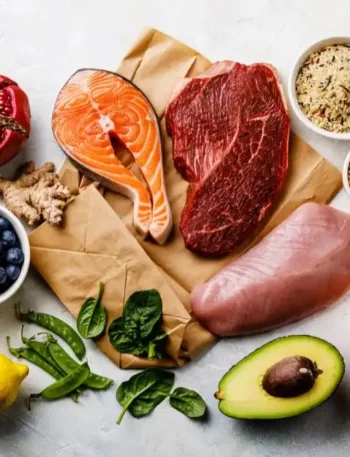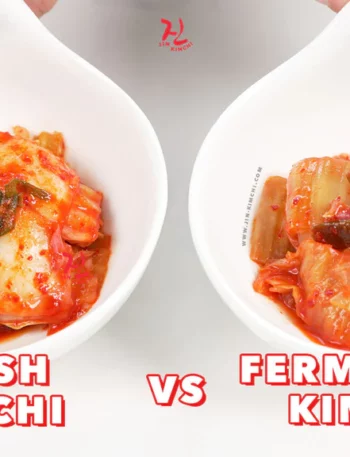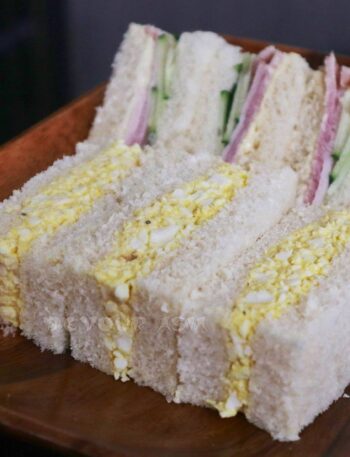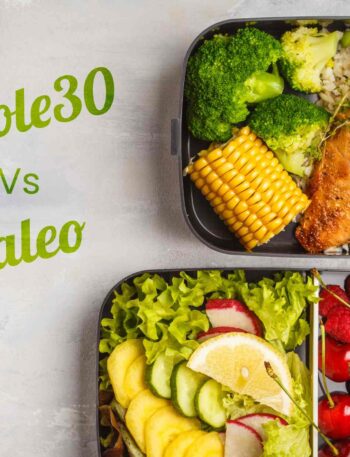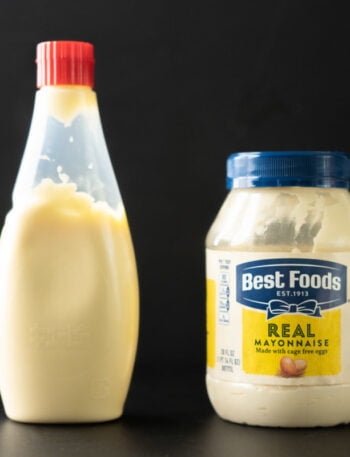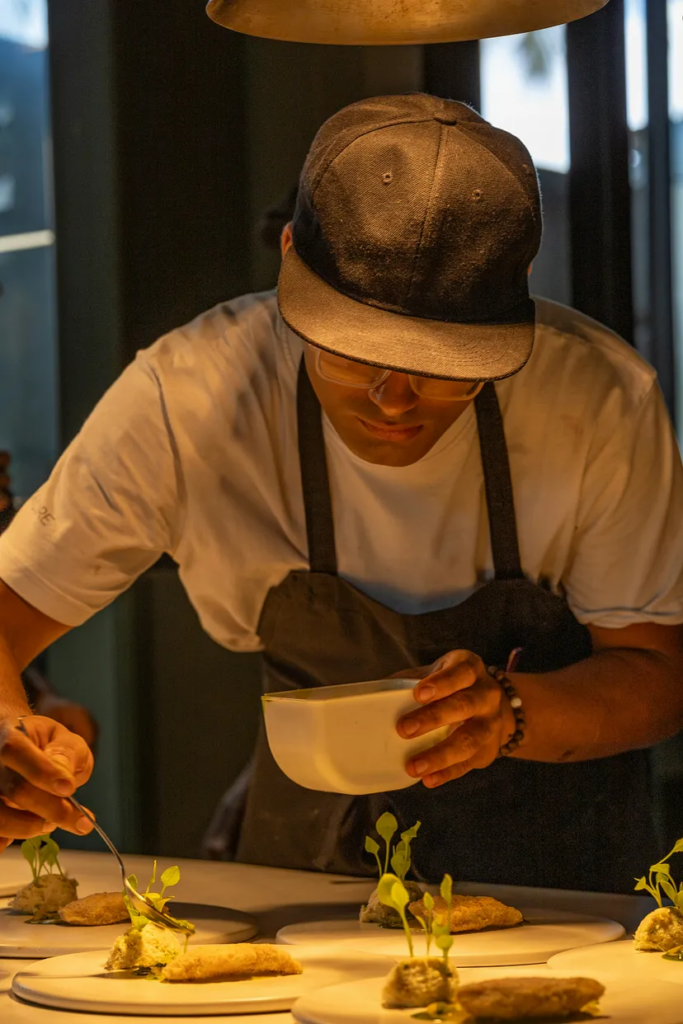
Imagine sitting at a fancy restaurant, the kind where the menus are handwritten, and the waitstaff whispers the specials like they’re telling you a secret. You order the chef’s signature dish, expecting a work of art.
Then, your plate arrives, and nestled among the edible flowers and artfully drizzled sauce… is dirt. Real dirt. Suddenly, you’re wondering if this is some bizarre prank or a bold culinary revolution.
The Dirt on Dirt
Chefs around the world are digging deep literally to include soil in their creations. Not just any old backyard muck, mind you. We’re talking pristine, lab-tested, food-grade soil.
This trend isn’t about shock value; it’s about reconnecting with nature, pushing the boundaries of flavor, and creating a story that diners can taste.
I’ll admit, the first time I heard about this, I was skeptical. Dirt? In my food? I grew up in a house where a speck of dust on the dining table could summon my mom’s wrath.
Eating dirt felt like a fast track to her disapproval — and maybe a stomachache. But curiosity got the better of me.
Fast-forward to a fancy farm-to-table joint where the chef presented me with a dessert dusted with “edible earth.” It was rich, nutty, and oddly satisfying.
The experience felt primal, like I was connecting with something ancient. It wasn’t just food; it was philosophy on a plate.
So, Why Dirt?
Turns out, there’s method to the madness.
- Flavors Rooted in the Earth
Some soils, especially those mixed with edible clay, offer complex, earthy notes that complement certain dishes. Think of it as the culinary equivalent of terroir in wine — those unique, earthy flavors that scream, “This came from the land.” - An Ode to Nature
By incorporating dirt, chefs remind us of where our food comes from. It’s a poetic nudge to reconnect with the earth — literally and metaphorically. In a world obsessed with sterile, packaged perfection, dirt feels honest. - A Textural Adventure
Food isn’t just about taste; it’s about how it feels. A sprinkle of edible soil adds crunch and a rustic vibe that stands out in a sea of smooth purées and predictable foams. - Health Benefits (Really!)
Believe it or not, certain types of clay are packed with minerals and can aid digestion. This isn’t about scooping up random soil — it’s science-backed, carefully curated dirt.
The Dirt Debate
Of course, not everyone’s buying into this trend. Some call it pretentious, others are downright grossed out. And hey, fair enough. The thought of eating dirt can be as divisive as pineapple on pizza.
But here’s the thing: food is about more than sustenance. It’s art, conversation, and sometimes, a dare.
Remember the first time you tried sushi or that trendy charcoal ice cream? Same vibe. Sometimes, you’ve got to step out of your comfort zone to discover something amazing.
From Garden to Plate
Chefs embracing edible dirt often pair it with hyper-local ingredients — heirloom vegetables, foraged greens, and fresh herbs that still smell like the sun. It’s not just a dish; it’s a snapshot of a place and time.
One chef I spoke to — let’s call him Chef Dirt Whisperer — described his process like this: “I want my guests to taste the farm, to feel like they’re sitting in the middle of a garden.
The soil is a bridge between the food and the earth it grew from.”
Okay, Chef Dirt Whisperer, I see you.
My Dirt-Defying Moment
A few months after my first “dirty” encounter, I hosted a dinner party and decided to try my hand at making edible soil. I mixed crushed crackers, cocoa powder, and a pinch of sea salt to mimic the look and feel.
It wasn’t the real deal, but it sparked conversations and a few laughs. One guest even joked, “So, this is what happens when you skip cleaning day?”
Adding dirt to dishes isn’t about being edgy for the sake of it. It’s about storytelling, flavor, and the thrill of the unexpected. Sure, it might not be for everyone, but neither was sushi once upon a time.
So, next time you see dirt on a menu, don’t dismiss it outright. Give it a shot. Who knows — you might find yourself digging it.


